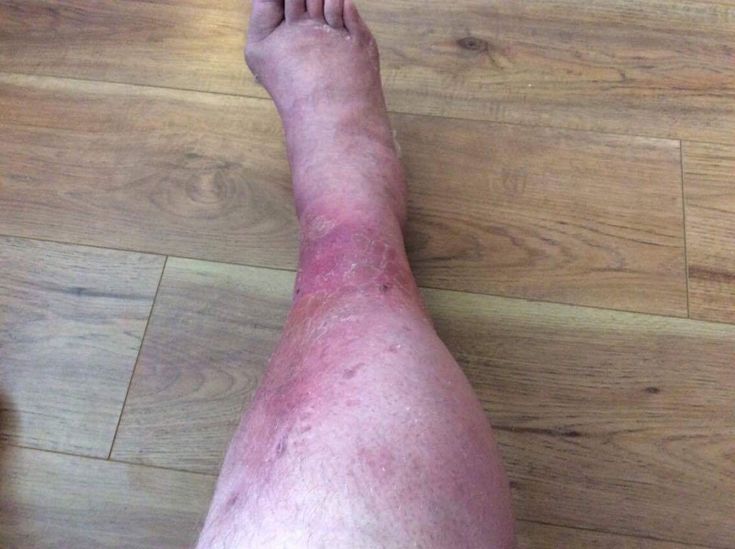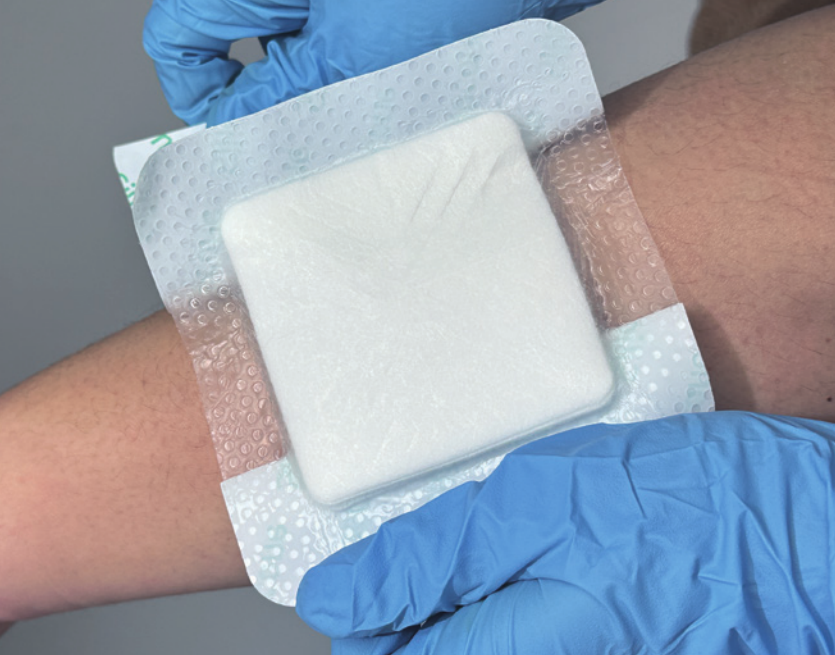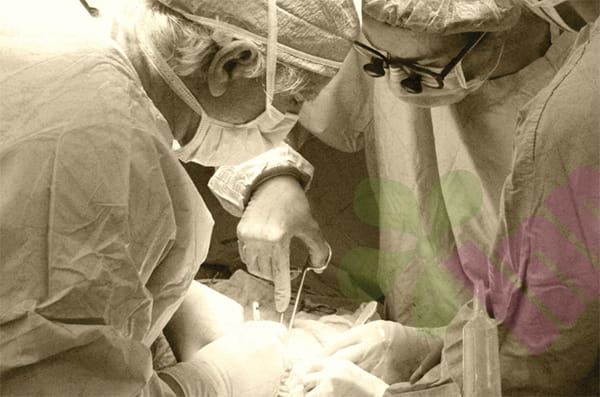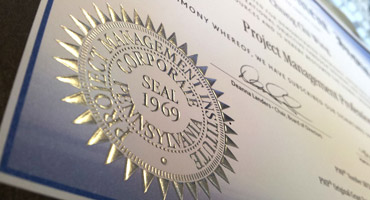Many people think that minor injuries are not a big deal, such as accidentally cutting your hand while cutting vegetables, bleeding due to lack of force when pulling out a hangnail, or accidentally scraping your knee while doing exercise. However, when minor wounds cause trouble, they can be more troublesome than you think.

What is cellulitis, and how is it caused?
Cellulitis is a widespread, diffuse, purulent inflammation of the skin and subcutaneous tissue, mainly caused by bacterial infection. Common pathogens include hemolytic streptococci, Staphylococcus aureus, etc. These bacteria invade the human body through broken skin (such as abrasions, cuts, insect bites, or surgical wounds), multiply in loose connective tissue, and induce an inflammatory response.
Cellulitis can occur anywhere on the body, but is most common in the lower extremities, which are susceptible to trauma and have relatively slow blood circulation, which is conducive to bacterial growth. The face, neck, and other parts may also be affected, especially the facial triangle area. If not properly treated, inflammation may cause intracranial infection through retrograde veins. Typical symptoms include local redness, swelling, heat and pain, redness, swelling, heat, and severe pain in the skin.
How can to prevent it scientifically?
- Daily skin care :
Keep your skin intact: avoid scratching itchy areas and trim your nails to prevent accidental trauma.
Cleansing and moisturizing: Clean with warm water daily, and use a non-irritating moisturizer after drying, paying special attention to areas prone to cracking such as the heels and between the fingers.
Wound treatment: For minor wounds, rinse with normal saline, apply antibiotic ointment, and use moist wound dressing until scab forms.
- Protection of special groups
Children: Prevent paronychia and avoid nail-biting habits
Elderly people: Choose breathable shoes and socks to prevent foot fungal infections
Athletes: Change wet clothing and treat abrasions promptly after exercise
How to treat it?
Home Care :
For early acute cellulitis, 50% magnesium sulfate can be applied, or Jinhuangsan, ichthyol ointment, etc. can be applied. The wound of gas-producing subcutaneous cellulitis can be treated with saline flushing, iodine wet compresses, etc. Local ultraviolet irradiation or ultrashort wave physical therapy can also be used.
Medical interventions :
Intravenous antibiotics: Patients with body temperature >38°C, white blood cell count >12×10⁹/L, or combined diabetes mellitus require hospitalization and use of cefazolin + clindamycin.
Surgical treatment: When an abscess is formed, it needs to be incised and drained. After surgery, the dressing should be changed daily until the exudation decreases.
Adjunctive therapy: Compression bandages for lymphedema and self-adhesive elastic bandages for venous ulcers

What situations require prompt medical attention?
Skin redness and swelling: large areas of skin are red and swollen, and the boundary with normal skin is unclear; skin temperature rises: the skin in the red and swollen area is slightly hotter than the surrounding normal skin; fever: body temperature is above 37.2 degrees Celsius; chills: involuntary muscle contraction, the patient looks like he is shivering with cold; headache: it can be obvious on one side or all over.
The key to maintaining soft tissue health is to reduce the risk of infection through daily care and prevent the disease from worsening through scientific treatment. For high-risk groups, it is recommended to have a dermatological examination once a year to achieve early detection and early intervention.
For more information on Innomed® Silicone Contact Layer, refer to the Previous Articles. If you have customized needs, you are welcome to contact us; You Wholeheartedly. At longterm medical, we transform this data by Innovating and Developing Products that Make Life easier for those who need loving care.
Editor: kiki Jia

 English
English عربى
عربى Español
Español русский
русский 中文简体
中文简体








